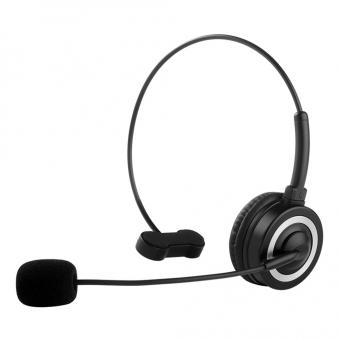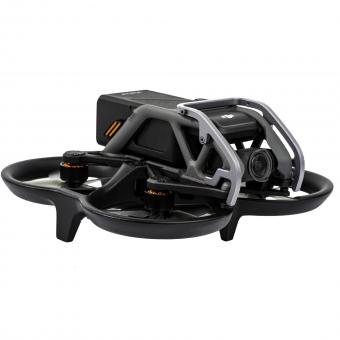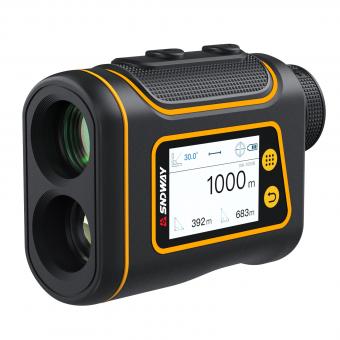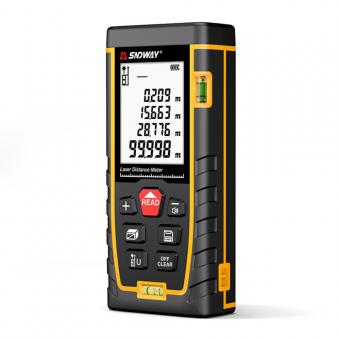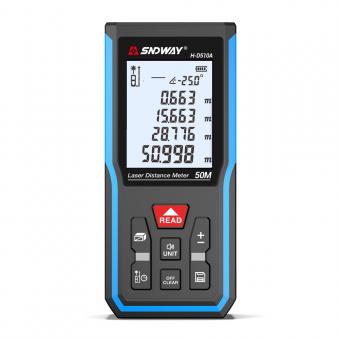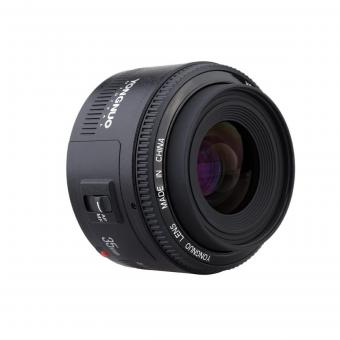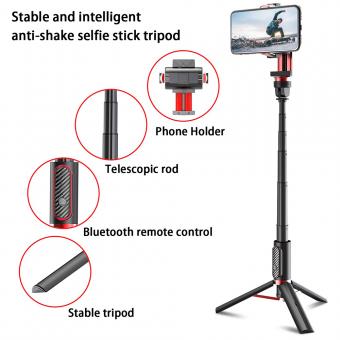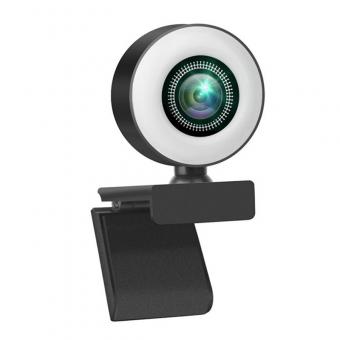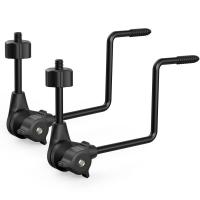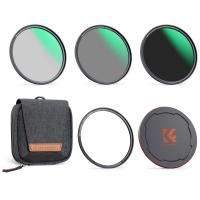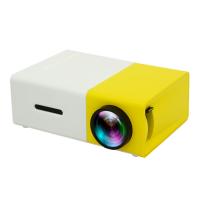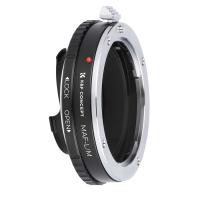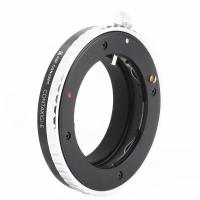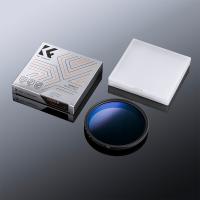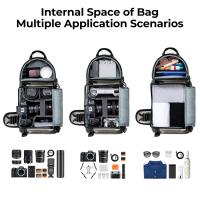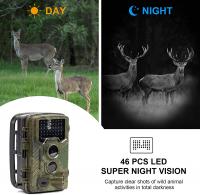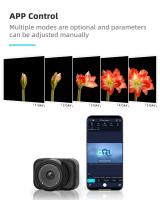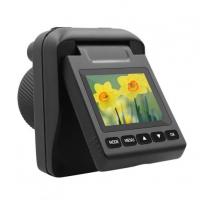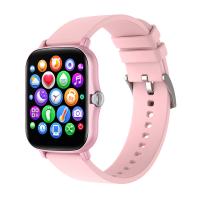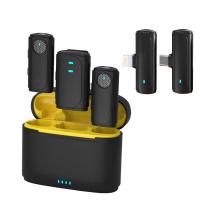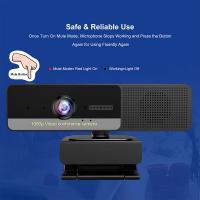How To Laser Rangefinders Work?
Laser rangefinders have become essential tools across a diverse range of fields, from golfing and hunting to construction and engineering. By providing precise distance measurements, they help professionals and hobbyists alike to achieve their objectives with greater accuracy. For those curious about the technology behind these devices, this article aims to shed light on how laser rangefinders work, their various types, applications, and considerations for use.
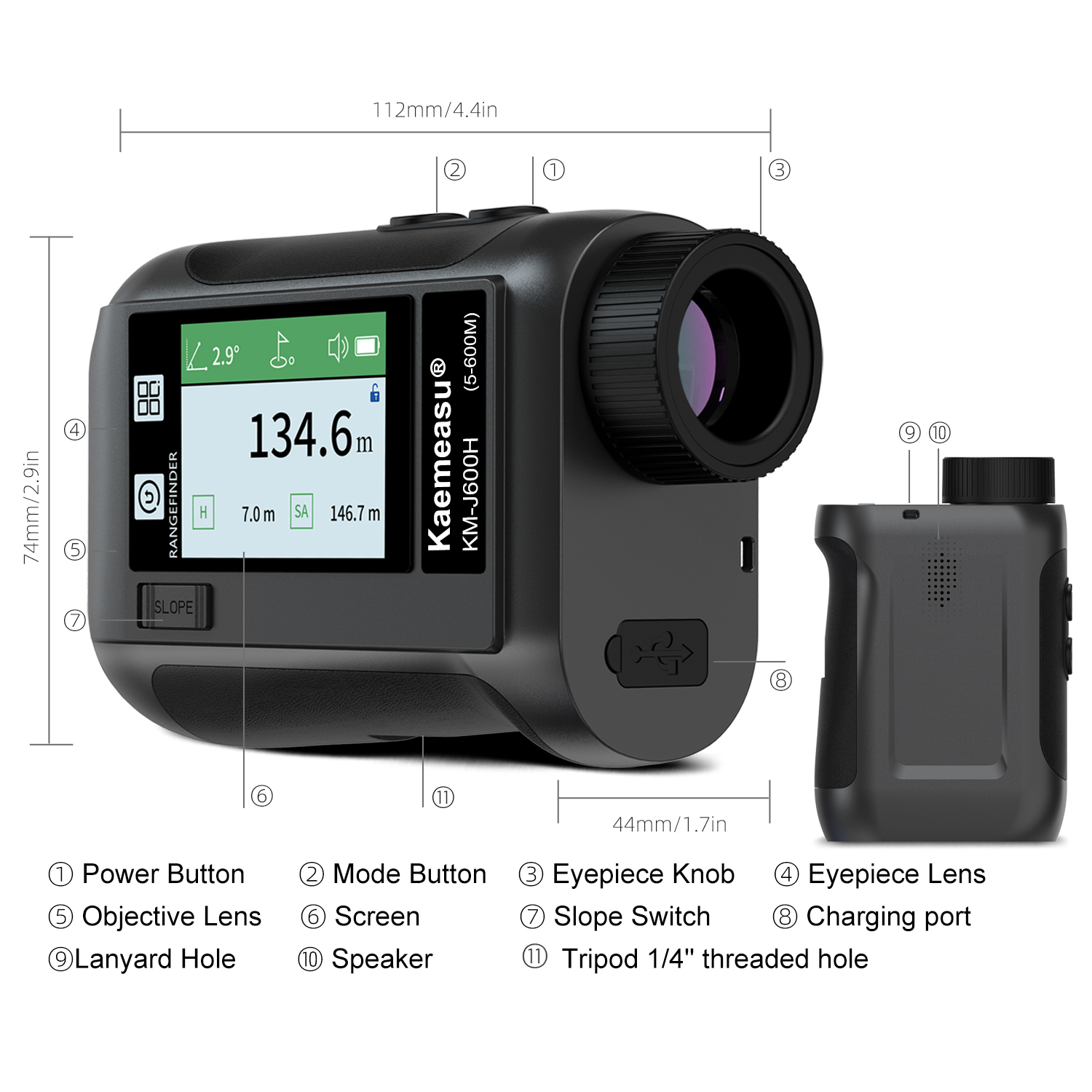
How Laser Rangefinders Work
Central to a laser rangefinder's operation is the principle of time-of-flight measurement. This method involves emitting a laser beam towards a target and determining the time it takes for the reflected beam to return to the device. The rangefinder calculates the distance by using the speed of light and the time duration of the laser's travel. Here is a step-by-step breakdown of this process:
1. Emission: The device emits a laser pulse towards the target object. This laser is usually an infrared, relatively invisible to the naked eye but detectable by the device.
2. Reflection: The laser beam hits the target and reflects back towards the rangefinder.
3. Reception: A detector within the rangefinder captures the returning laser beam.
4. Calculation: The time taken for the laser to travel to the target and back is recorded. Given that the speed of light is a constant (approximately 299,792 kilometers per second in a vacuum), the rangefinder can accurately calculate the distance using the formula:
\[
\text{Distance} = \frac{\text{Speed of Light} \times \text{Time of Flight}}{2}
\]
The "divided by 2" component accounts for the fact that the laser travels to the target and then back again.
Types of Laser Rangefinders
Various types of laser rangefinders are designed for specific applications, each with unique features to meet the demands of their respective fields.
1. Pulse-Based Rangefinders: These devices measure the time it takes for a laser pulse to travel to an object and return. They are commonly used in golf and hunting due to their ability to provide quick measurements.
2. Phase-Based Rangefinders: These use the phase shift of a modulated laser beam to determine distance. The change in phase between the emitted and reflected laser beams allows for high-precision distance measurements, making them ideal for surveying and construction.
3. Interferometry-Based Rangefinders: This high-precision method involves the interference of two coherent laser beams. It's mostly utilized in scientific research and industrial applications where ultra-precise measurements are necessary.
Applications of Laser Rangefinders
1. Sports and Outdoor Activities:
- Golf: Laser rangefinders in golf help players measure the distance to the flagstick, allowing for better club selection and shot planning.
- Hunting: Hunters use these devices to measure distances to game and ensure accurate and ethical shots.
2. Construction and Surveying:
- Site Measurements: Builders and surveyors use laser rangefinders for measuring distances, heights, and angles, facilitating accurate project planning.
- Topographic Mapping: Rangefinders assist in creating detailed maps by providing precise distance data.
3. Military and Law Enforcement:
- Targeting and Reconnaissance: Military personnel use laser rangefinders for targeting, reconnaissance, and distance measurements in various terrains.
- Accident Reconstruction: Law enforcement uses these tools to accurately measure distances at accident scenes for better analysis and reporting.
4. Industrial Applications:
- Material Handling: In manufacturing and warehouse management, rangefinders ensure precise placement and movement of materials.
- Robot Navigation: Rangefinders are used in robotics for navigation and obstacle detection.
Factors to Consider When Using Laser Rangefinders
1. Accuracy: The accuracy of a laser rangefinder is crucial and can vary depending on the device. Higher-end models offer greater precision but come at a higher cost.
2. Range: Different rangefinders have different maximum distance capabilities. Users must select a device suited to their specific needs—whether short-range measurements for indoor use or long-range measurements for outdoor applications.
3. Target Reflectivity: The surface of the target can impact the effectiveness of the rangefinder. Reflective surfaces produce more accurate readings compared to non-reflective or absorbent materials.
4. Environmental Factors: Weather conditions such as rain, fog, and bright sunlight can influence the performance of laser rangefinders by scattering or diffusing the laser beam.
5. Size and Weight: Portability is a key factor, especially in sports and outdoor activities. Choosing a compact and lightweight model makes the device easier to handle and transport.
6. Battery Life: Since these devices are electronic, it's essential to consider battery life, especially for prolonged use in the field.
7. User Interface: An intuitive user interface and easy-to-read display enhance the overall user experience, ensuring quick and efficient operation.
Laser rangefinders are an incredible blend of advanced technology and practical utility. Understanding how they work, their types, and applications can help users make informed decisions tailored to their specific needs. Whether for sports, construction, military, or industrial use, a laser rangefinder offers precision, efficiency, and reliability. By taking into account key factors such as accuracy, range, and environmental conditions, users can maximize the benefits of this versatile tool, enhancing accuracy and efficiency in their respective fields.
Overall, as technology continues to advance, we can expect even more innovative features and improved performance in future laser rangefinders, broadening their applications and making them even more indispensable across various domains.


